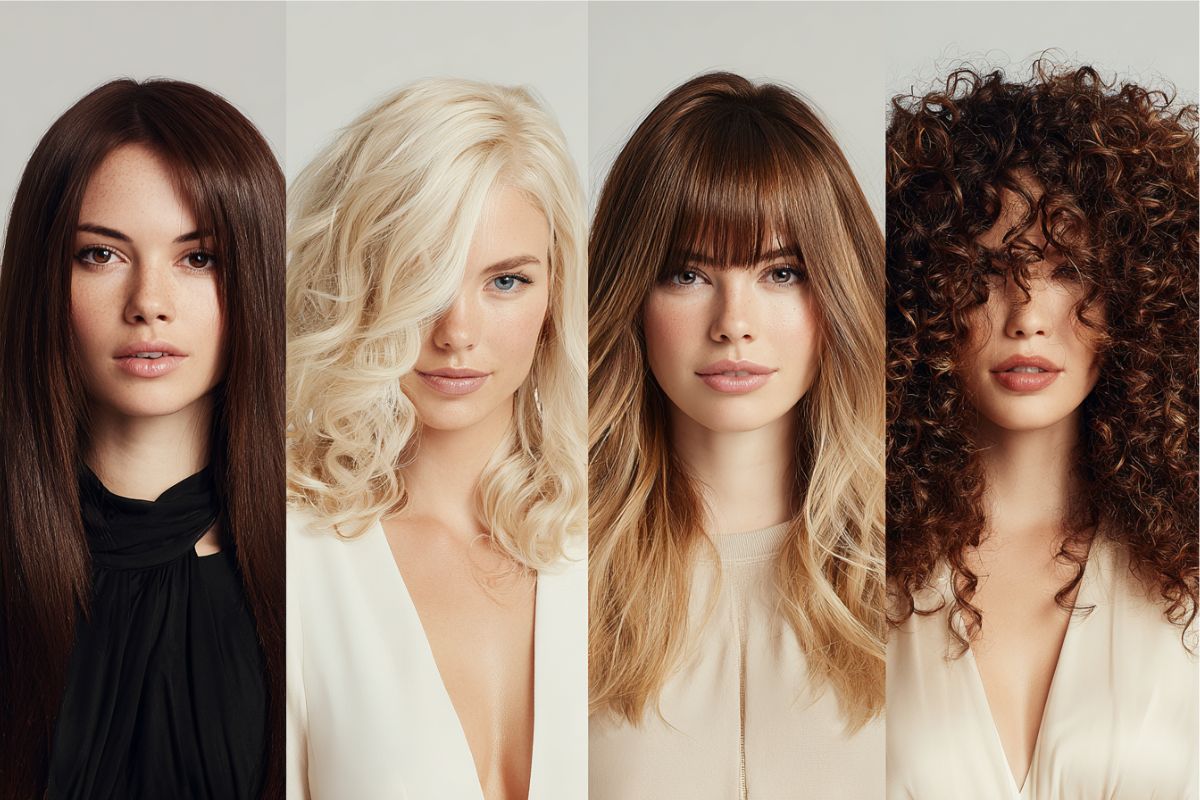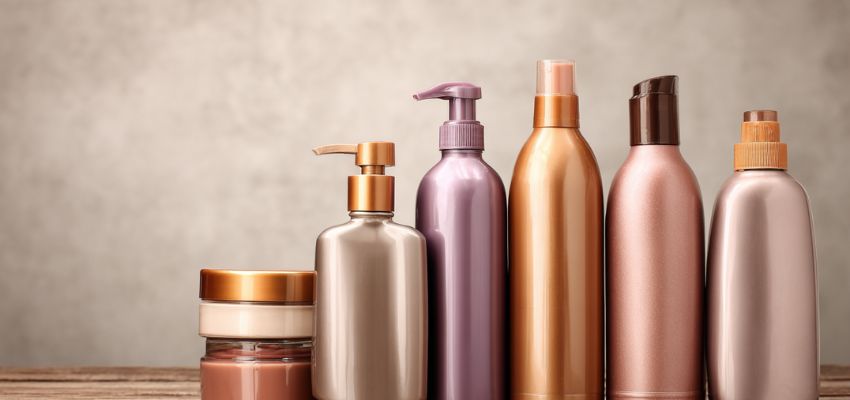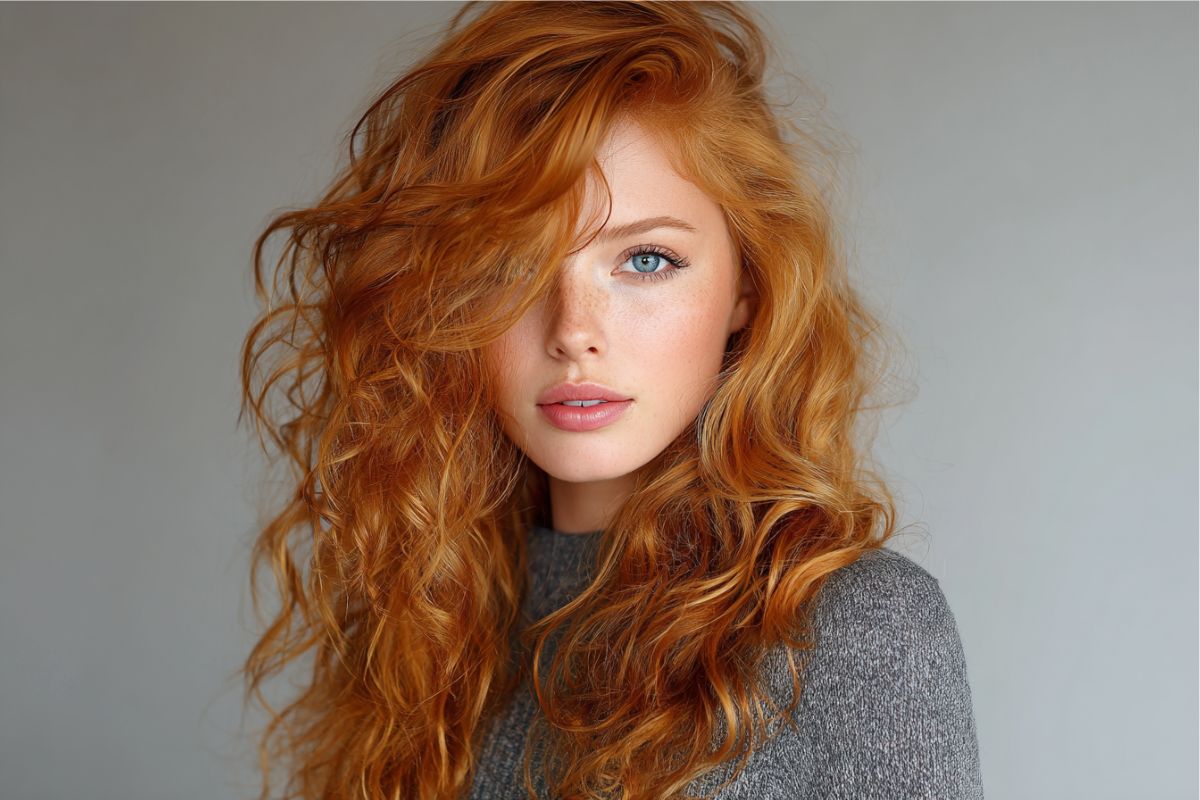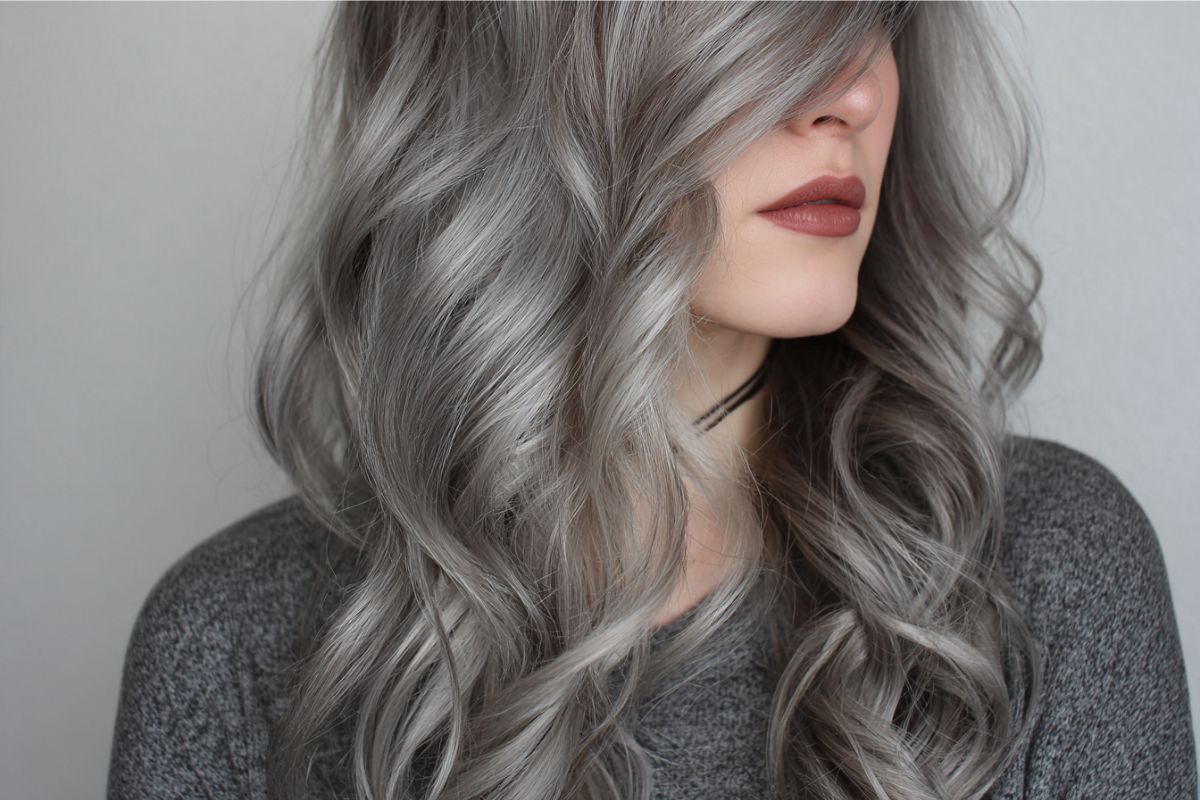How to Find Your Hair Type and Choose the Right Products

Published August 29, 2025
Ever wondered why your friend’s shampoo leaves their hair shiny but makes yours frizzy? The secret lies in knowing your hair type. Understanding how to find your hair type isn’t just a beauty trick, it’s the foundation for healthy, manageable hair.
Whether you’re asking, “how to find out what your hair type is,” exploring how to find your natural hair type, or even searching how to find your hair type men, this guide has you covered.
By the end, you’ll know exactly what your strands need, and how to pick the right products to make them look their best.
How to Determine Your Hair Type
Knowing how to find your hair type is the first step to transforming your hair care routine. Many bad hair days happen simply because people use products that don’t suit their strands. Start by observing your hair’s texture, shape, and overall feel. Is it fine, medium, or thick?
Straight, wavy, or curly? Simple tests, like comparing a strand to sewing thread, can give you surprising clarity. Understanding your hair type helps you select the products that will actually work, saving time, money, and frustration while unlocking your hair’s natural beauty.
Texture: Fine, Medium, or Thick
The texture of your hair defines the management of your hair, the hair product, and its daily use. Fine strands are usually sensitive, oily, and weak in nature, which means that they need light and volumizing products. The medium hair is the golden mean, flexible, inherently shiny, and reacts to most things.
Thick hair is robust, voluminous, and may frizz or resist moisture, and requires more state-of-the-art, moisturizing care. Amazingly, a lot of individuals confuse their hair type and either overweight it or overstrip it with the harsh shampoos.
Being aware of your texture will assist you to pair up with the proper shampoo, conditioner, and treatments to style hair in the easiest way and maintain healthier hair.

Scalp Condition: Oily, Dry, or Balanced
The scalp condition is having a great impact on your hair look and health. The day before, wet your hair, dry it in the air, and squeeze a tissue on your head the following morning. When there is oil, you have an oily scalp that requires light and balancing shampoos. No oil? The chances are you have a dry head, and your scalp will like moisturizing shampoos, masks, and leave-in treatments.
An average head is located between, and it needs ordinary treatment. Amazingly, which can sound contradictory, most of the problems that the hair may have, its greasiness, breakage, or dullness, are not the result of the hair itself but the result of not taking care of the scalp.
Addressing the root causes first will make sure that all products you are using are actually effective.
Porosity: How Your Hair Absorbs Moisture
Hair porosity is a measure of the capacity of your hair to take up and hold moisture, which is important in choosing those products that really hydrate. Hair absorbs products gradually but dries out soon, and therefore, oil-based or creamy formulas are most suitable when it is high-porosity hair.
Medium porosity has the ability to retain moisture and react to the majority of standard products. Water does not penetrate low-porosity hair, and product gathers on it, requiring lightweight, penetration-based products and deep-cleansing shampoos. A simple test, drop a strand in water.
The outcomes can astonish you, leading you to the products that reclaim the shine, softness, and manageability. Knowing the porosity will make sure that your hair is not only being cleaned but is also nourished.
Special Hair Types and Concerns
Particular hair requires specific care. Hair that is colored or chemically treated tends to be damaged and fade away; sulfate-free color-protecting products keep the hair healthy and shiny. Wavy or curly hair is in need of moisture and anti-frizzing measures, and styling gels can be used to improve or soften the curls.
Scalp balance is needed by active ingredients such as zinc pyrithione or salicylic acid in dandruff or oily hair. Stimulating serums and soft strengthening shampoos have their role to play in thinning hair.
Although your hair may fall into more than one category, it is important to address the main issue you are facing first, be it moisture, frizz, or scalp health, and then build up to a routine that will bring visible results.

Choosing the Right Products for Your Hair Type
When you get to understand your type of hair, its texture, its scalp and porosity, the decision of which product to choose is not overwhelming but easy. Light shampoos and gels provide the best growth of the fine hair. Fat hair is fond of fat conditioners, hydrating masks, and oils.
Curly hair requires curl-boosting and anti-frizz styling gel and hair dyed strands require more sensitive color-defensive formulas. Don’t overlook your scalp, it is the starting point of healthy hair.
The correct mix of conditioner, treatments, treatments, and styling products can turn your hair into a glamorous one. Daring to test out with products that fit your type can help discover the possibilities you had not imagined before.
FAQs
How do I know my hair type product?
To find the right product, first know your hair type. Check if your hair is fine, medium, or thick, and whether it is straight, wavy, or curly. Pick shampoos, conditioners, and treatments made for your hair type. Using the wrong product can make hair greasy, dry, or frizzy.
How to choose the right hair products?
Look at your hair’s texture, scalp, and curl type. Choose products that help with your main hair problem, like dryness, frizz, or oiliness. Light products work for fine hair, while thick hair needs richer, moisturizing ones. Always read labels for your hair type.
Is my hair 2A or 2B or 2C?
These numbers show wave patterns. 2A is slightly wavy and easy to straighten. 2B has more defined waves with a little frizz. 2C has thick, curly waves that hold shape but can frizz easily.
Is there a hair type chart?
Yes! Hair charts show texture, curl, and thickness. They help you know if your hair is straight, wavy, curly, or coily. Charts also show fine, medium, and thick hair. This makes choosing the right products easier.
What is the rarest hair type?
The rarest hair type is natural red hair, seen in only 1–2% of people worldwide. It is usually fine and can be curly or straight. Red hair needs gentle care and products for color protection.
Final Thoughts
Knowing how to find your hair type is the key to healthy, happy hair. Your hair can be straight, wavy, curly, or coily, and each type needs different care. Fine, medium, or thick strands react differently to products, so choosing the right shampoo, conditioner, and treatments matters a lot. Remember to check your scalp and hair porosity, too.
By understanding your hair type and texture, you can stop guessing and start using products that really work. At Salon Suites of Boca Raton, we help stylists give the best care and recommend the right products for every hair type.
Lease Salon Space In Boca Raton Florida
Join a vibrant community of beauty professionals when you rent salon space in Boca Raton with us. Whether you’re a hairstylist, nail technician, or esthetician we have a place for you. Joining our salon family means you’re becoming part of a network that values your growth. At our Boca Raton location, you’ll enjoy free cleaning services, flexible lease agreements, and much more. Lease salon space in Boca Raton by reaching out today.

About The Author
Julie Fortuna is a talented writer for Salon Suites of Boca Raton. She specializes in creating insightful content about topics that help beauty professionals succeed in their careers. Her clear and approachable writing style helps inspire calm and confidence.




